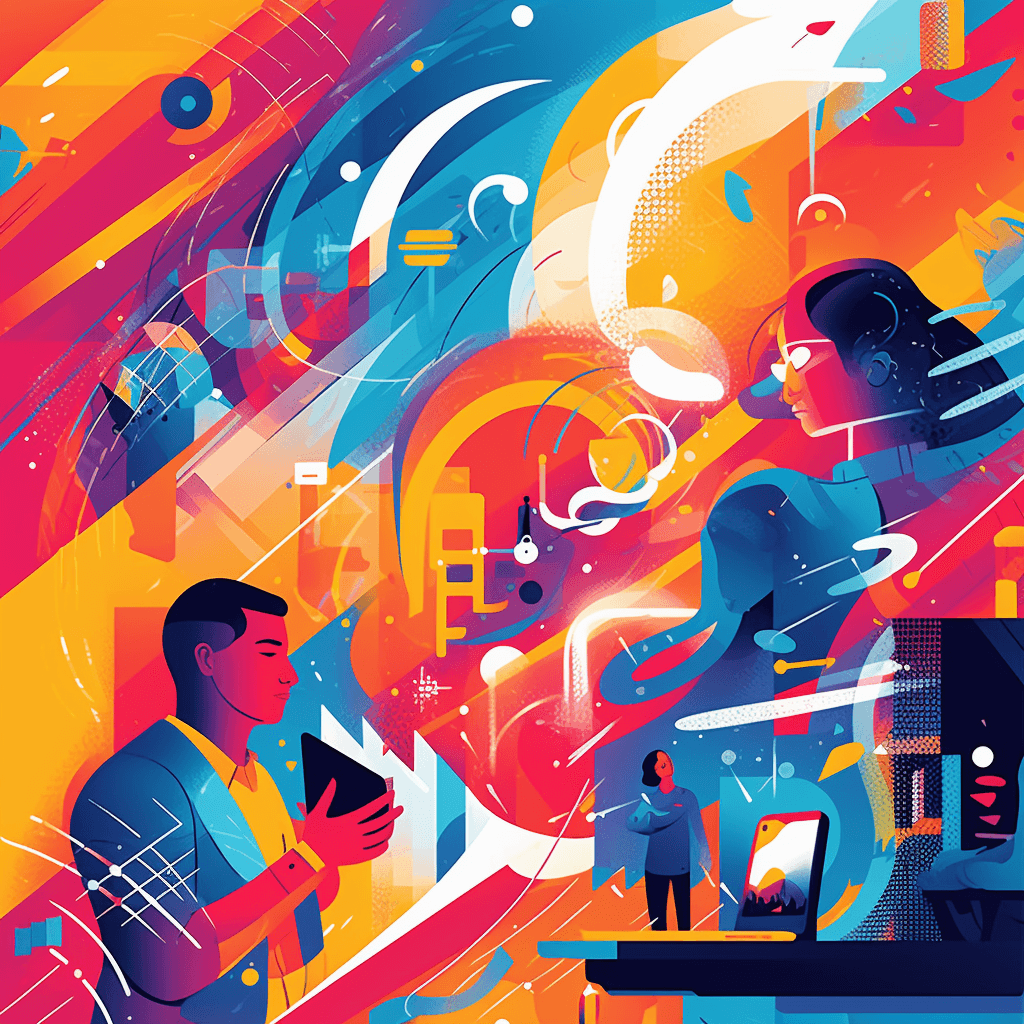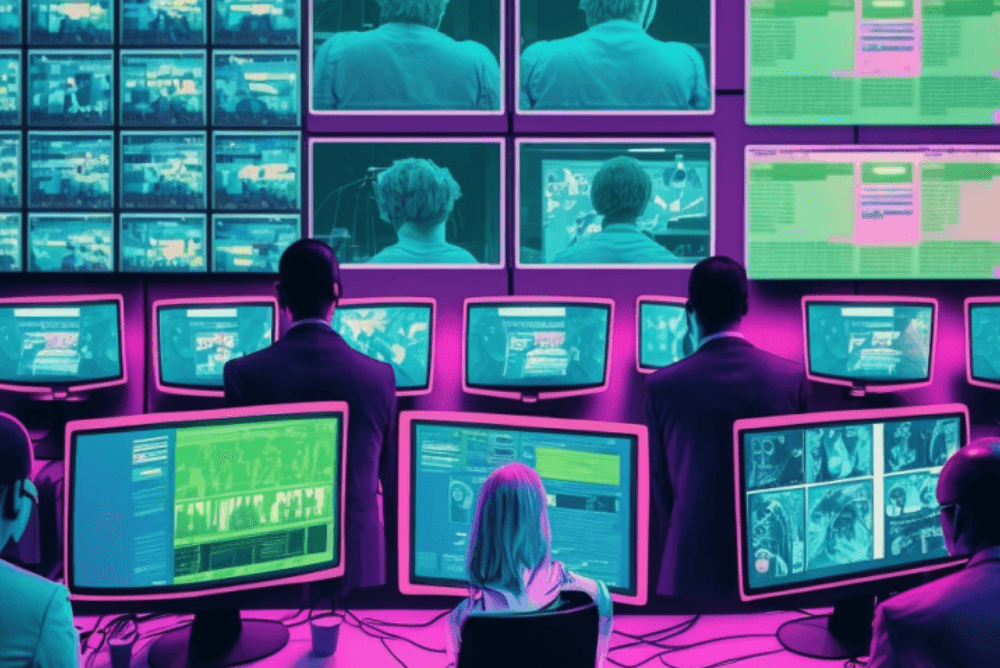7 lessons I have learned about digital transformation in newsrooms
22 May 2023
Letícia Sorg shares lessons learned along her career path
Written by Letícia Sorg, a consultant, digital strategist, editor and content producer.
Letícia Sorg shares her key insights from her experience as a consultant, digital strategist, editor and content producer at top media companies.
For me, it all started back in 2007. I was caught up in a digital transformation process: trying to engage long-time print professionals with online journalism at a Brazilian news magazine. I was the online editor tackling the challenge of understanding the role of a weekly print product in the digital world. It is not an easy task even today, bear in mind 16 years ago.
That was the first time I got involved in such an extensive process. It was a defining moment in my career that kept repeating itself in other newsrooms where I worked. First as an editor, then as an executive editor and, most recently, as a consultant.
Every publication and newsroom is unique in its own way, but, in my experience, there are common obstacles to becoming a digital newsroom. In this article, I share seven of them and show how we can overcome these roadblocks from the newsroom perspective.
I believe the journalistic perspective is particularly important for building a solid digital strategy.
The digital transformation of the newsroom is crucial to guarantee the digital transformation of the business.
1) Disempowering the resistance to change by reaffirming the values
Resistance to change is a human issue rather than a journalistic problem. It is never easy to realise that what we are used to doing is working for us but not for anybody else.
This realisation triggers emotional responses, such as insecurity and fear of the unknown. It also raises rational counterarguments, such as lack of time to learn new ways of doing things and probable loss of quality of work. It brings social resistance, too, as it challenges how the group (in this case, the editorial team) perceives itself and its mission and how the work was traditionally organised.
In my experience, we could start addressing this resistance by acknowledging it exists and is natural and expected in any change process. After embracing the discomfort, it is crucial to figure out the values and goals that guide our actions in times of turmoil – news outlets’ mission and identity towards their audience regardless of the platform.
2) How digitisation can change journalists’ careers on a personal level
Every journalist, depending on their previous experience and current role in a newsroom, has to find their own way in the digital world. This process becomes easier when they discover what role this could have in their career.
Some may discover their multimedia talent by interviewing people for podcasts. They may build a community around a particular topic of interest that could lead them to host events. Others may experiment with different text styles and even gear them towards chronicles or opinion pieces in the more flexible digital world. Everyone could find a suitable personal use of digital openness for their career, apart from the newsrooms they work for.
No journalist is guaranteed to embark on the digital journey at the same depth and pace. And that is OK. We must recognise the best contributions of professionals from different generations and backgrounds to make the most of our teams. We all need patience, persistence, and strategic thinking.
Read also: How can modern editorial software be your journalists' superpower?

Journalists have to find their own way in the digital world (photo generated by Midjourney)
3) Tech is only a means that you decide how to use
By reaffirming our mission as journalists – and its centrality in navigating new digital waters – we are also redefining the role of technology in the newsroom: it is the means to achieve our goals (albeit in different forms than before).
CMS will not define which story we do. Social platforms will not decide what topics we should post – even if they can give us hints of people’s concerns. Multimedia editing tools will not decide which stories are better told as video, audio, or an interactive format.
When we learn how to deal with those technological options, we can potentiate our work and get closer to our journalistic mission. Be it to inform, update, explain, contextualise, orientate, inspire, connect, or any other user needs we want to serve.
Read also: Let’s cut through the noise: Which AI tools in journalism are really worth the hype?
4) Make room for training (and use your journalistic skills to do that)
Recognising the technological power to deliver our message makes breaking journalists’ resistance to adopting new tools easier. But even for those who instinctively know that technology can unleash great potential, we must ensure we provide all the information they need.
If lifelong learning is the way for all professionals in the digital age, we ought to make room for training even in fast-paced, real-time newsrooms. As journalists, we are masters in processing information, making it more accessible, understandable, and useful for our audiences. Now it is time to apply that same knowledge to internal communication. Q&As, fact sheets, checklists, short videos and quizzes are possible ways to tackle the internal tech training challenge.
Breaking down the once long and theoretical training sections on SEO, multimedia, social media, CMS or AI into shorter practical tips tailored specifically for journalists in your newsroom can help reduce pain and dissolve resistance to change.

Make room for training journalists in new digital tools and ensure they use data in their favour (photo generated by Midjourney)
5) Use the numbers in your favour
Another useful training in newsrooms concerns digital analytics tools. To be honest, good journalists have always had a good idea of what kind of content attracts massive attention from the public, even when they only had newsstand sales data. By creating audience rankings, software such as Google Analytics, Marfeel, Chartbeat and SmartOcto raise resistance among journalists because they allegedly incentivise an unbridled pursuit of page views (which usually does not equate to quality).
However, the main issue is not that less than 20% of the content you publish reaches a large audience – not every piece will be a hit, and we have known that for a long time. It is more concerning to acknowledge that more than 80% of our work does not virtually exist for the public – a problem not relevant in the print world (a bundled product) provided the sales were growing.
If looking at the biggest audience hits may create resistance, it is not easier to look at the bottom of the same rankings. It may become less unpleasant when we become aware of two aspects: 1) we can intervene to improve the results of some content we find relevant (by improving headlines, perfecting SEO, increasing exposure etc.); 2) we can stop creating some content that is neither editorially relevant nor enticing to the audience.
6) Don’t leave all the digital tools in a few hands
As I mentioned, not everybody will enter the digital world at the same depth and pace. This is not a problem per se – provided we can assure that the digital knowledge is democratised among a fair share of the newsroom.
Commonly, the team leading the first rounds of digital transformation become the owner of the tools. They become guardians of the history of the software, its bugs, functionalities and never-ending backlogs. They are used to training others, and when they eventually leave the newsroom, they take away crucial knowledge.
Sometimes we realise that the problems we are experiencing at work are not due to technology problems but to lack of technological training – this is even more common when the CMS is old and less intuitive than newer versions. Constantly sharing digital knowledge is the only path to keep the digital newsroom engine running.
7) Rinse and repeat
One of my biggest mistakes during these digital transformation processes was thinking that we would find a solution to the digital puzzle – and get back to work as usual. It took me several years to understand that we would never be safe, sound and relaxed on the other side.
The technological world continues to challenge us with innovations (AI, anyone?) that lead to changes in audience behaviour, workflows and business models. The same has happened with the rise of the printing press, telegraphy, radio, and TV, before the internet and smartphones.
And whenever we encounter a new roadblock that activates our resistance to change, it can be beneficial to return to the first lesson here and follow through.
Yes, it looks more like Groundhog Day. But we better get used to it.



